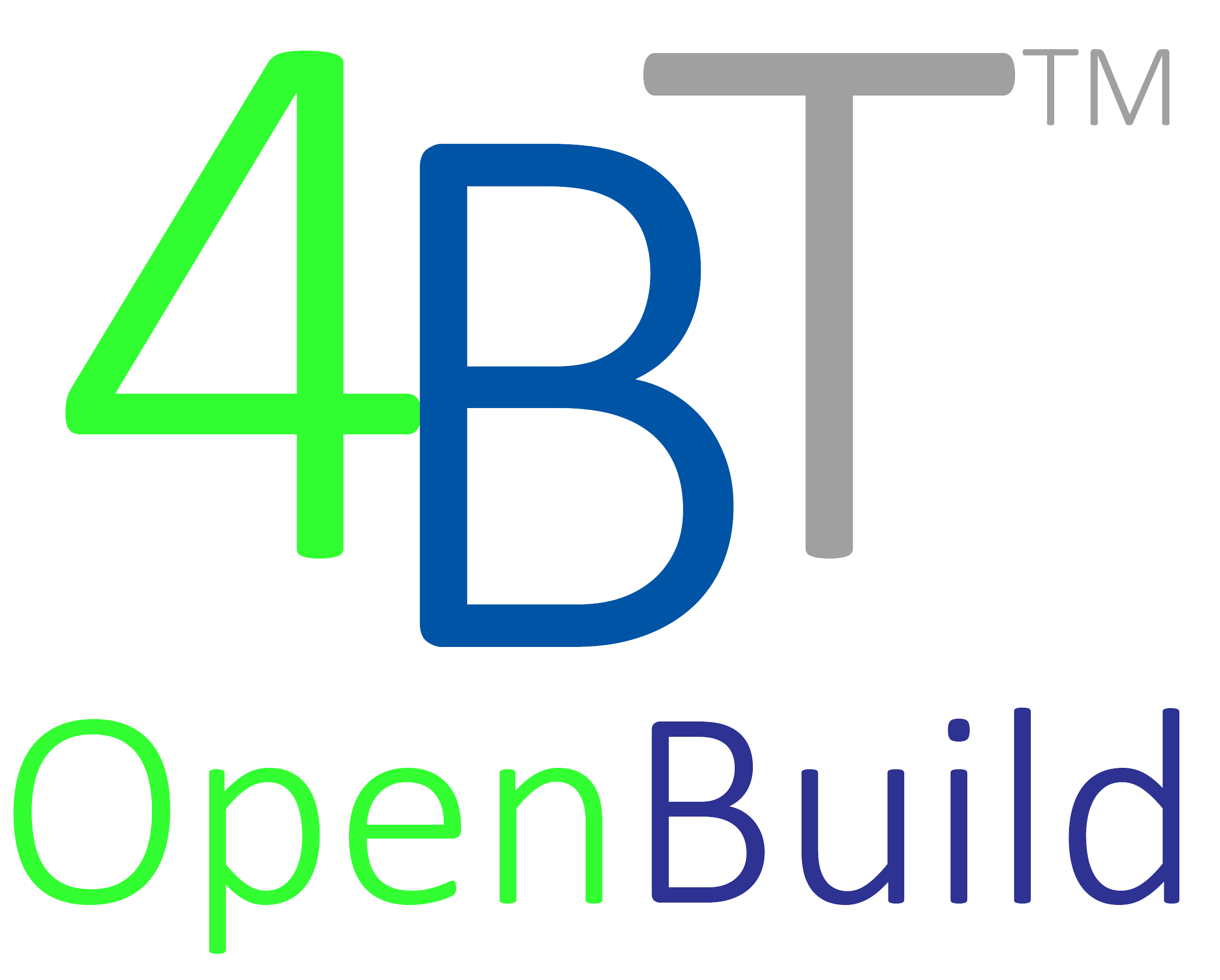Sustainability and Preventive maintenance are linked in several ways:
Building account for around 40% of global greenhouse gas emissions.
Day-to-day operations of buildings can account for three-quarters of real estate’s overall carbon footprint.
Developing and implementing the right preventive maintenance strategy can deliver significant savings across ongoing operating costs and reduce consumption of nonrenewable resources and lower CO2 emmissions.
Sustainability and Preventive maintenance are linked in several ways; Energy Efficiency, Resource Conservation, Waste Reduction, Environmental Impact, Health and Safety, Cost Savings, and Compliance and Standards
- Energy Efficiency:
- Regular Equipment Servicing: Ensures that HVAC systems, lighting, and other energy-consuming equipment operate at peak efficiency, reducing energy consumption.
- Upgrades and Replacements: Regular inspections can identify opportunities for upgrading to more energy-efficient models or implementing energy-saving technologies.
- Resource Conservation:
- Water Systems: Maintenance of plumbing systems can prevent leaks, ensuring efficient water use and reducing waste.
- Material Longevity: Proper upkeep of building materials (e.g., roofs, windows) extends their life, reducing the need for replacements and conserving resources.
- Waste Reduction:
- Avoiding Major Repairs: By addressing minor issues before they become major problems, preventive maintenance reduces the amount of waste generated from large-scale repairs or replacements.
- Inventory Management: Regular checks can optimize the use of supplies and materials, minimizing excess and waste.
- Environmental Impact:
- Pollution Control: Well-maintained equipment and systems are less likely to cause environmental pollution through leaks, emissions, or inefficient operation.
- Sustainable Practices: Incorporating sustainable maintenance practices, such as using eco-friendly cleaning products and materials, can further reduce the environmental footprint.
- Health and Safety:
- Indoor Air Quality: Regular maintenance of HVAC systems and proper ventilation ensure good indoor air quality, promoting health and reducing the need for energy-intensive air purification.
- Structural Integrity: Maintaining the structural components of a facility prevents degradation that could lead to unsafe conditions and costly emergency repairs.
- Cost Savings:
- Operational Efficiency: Efficient systems and equipment lead to lower operational costs, freeing up resources for further sustainability initiatives.
- Avoiding Downtime: Preventive maintenance reduces the likelihood of unexpected breakdowns, ensuring continuous operation and productivity.
- Compliance and Standards:
- Regulatory Compliance: Regular maintenance helps ensure that facilities meet environmental and safety regulations, avoiding fines and promoting sustainable practices.
- Sustainability Standards: Adherence to sustainability standards and certifications (e.g., LEED) is facilitated by a robust preventive maintenance program.
Requisite Preventive Maintenance Tools
- Written Preventive Maintenance Plan
- Detailed Facility Condition Assessment and Asset Inventory
- Job Order Contract or similar integrated project delivery method
- Locally researched preventive maintenance cost database
- Integrated CMMS technology
#1. Written Preventive Maintenance Plan – Real property owner leadership, support, and accountability relative to a facilities portfolio preventive maintenance plan as well as strategies, processes, documentation, and metrics should be communicated to all participants and stakeholders with a written PM Operations Manual or PM Execution Guide.
#2. Detailed Facility Condition Assessment and Asset Inventory – A detailed FCA and an associated inventory of facility related assets are needed to prioritize maintenance activities when compared against the organization mission requirement.
#3. JOC Program or similar integrated project delivery method – Efficient planning, procurement, and project delivery related to the numerous, ongoing preventive maintenance tasks associated with a facilities portfolio requires a well-designed and well managed integrated process framework. Job Order Contracting enables the rapid, and efficient planning, procurement, and project delivery of these tasks when properly leveraged.
#4. Locally researched preventive maintenance cost database – To ensure cost visibility and cost management, as well as the appropriate action items for each preventive maintenance task required, an objective, locally research database inclusive of labor and material information and costs, and checklists for each frequency of every task are needed.
#5. Integrated CMMS technology – CMMS technology can play a role with respect to gathering and managing asset inventory as well as scheduling PM tasks. Unfortunately, most applications of CMMS technology fail due to the lack of one or more of the above items.


By proactively addressing potential issues, preventive maintenance supports the long-term sustainability of facilities, ensuring they operate efficiently, safely, and in an environmentally responsible manner.
Learn more about optimiziting preventive maintenance, sustainability, and associated cost management.
